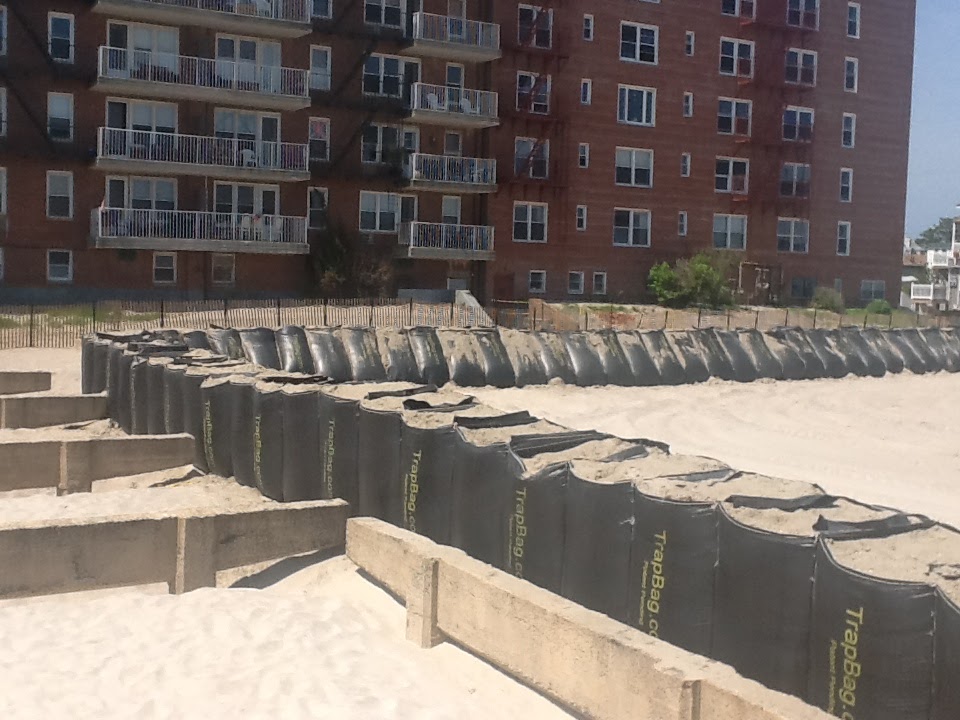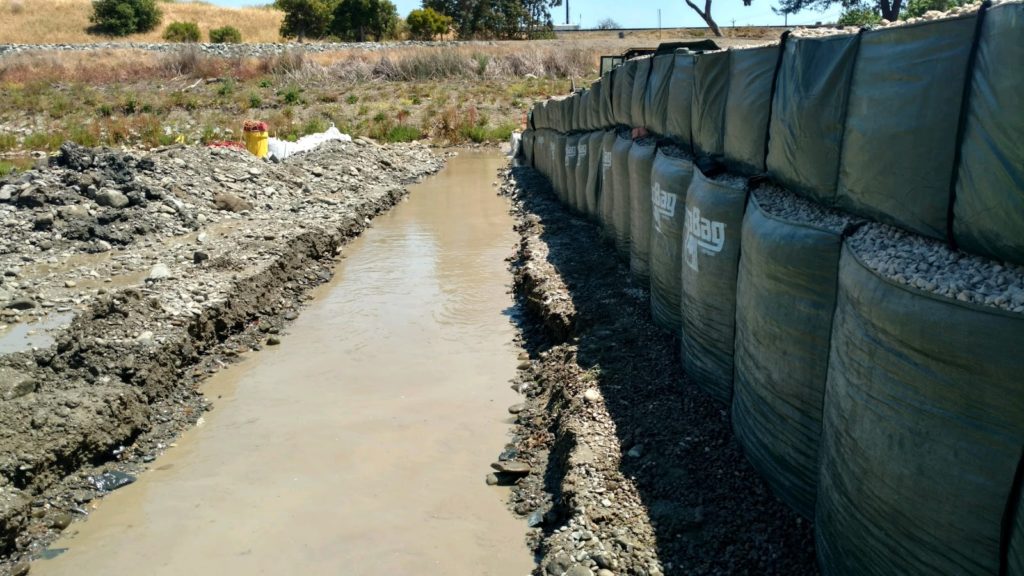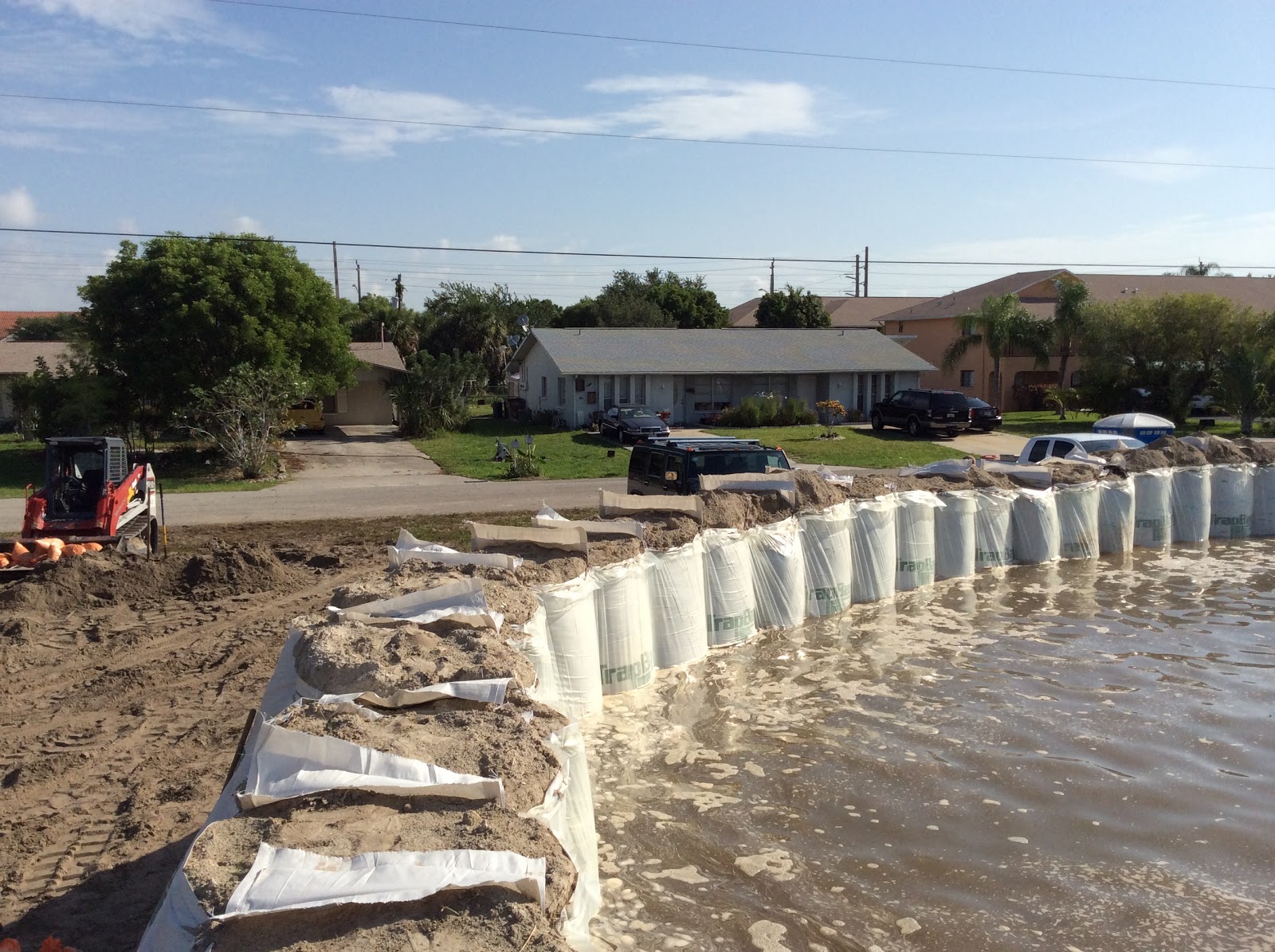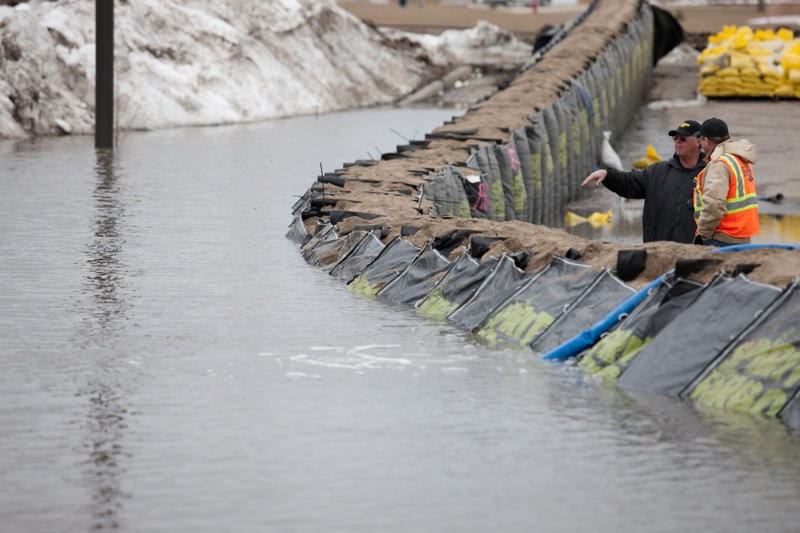Residential & Home Flood Prevention Solutions
Homeowners face the same flooding threats as public property and large companies, but often lack access to the same resources. How do you prepare for and prevent a flood from damaging your home? Extreme weather is increasing due to climate change, and for homeowners in flood plains, the threat is ever present. Don’t face new threats with old solutions. Sandbags are no longer the best or only solution for flood prevention.
What are common ways to prevent homes from flooding?
Floods can cause severe damage to homes and property. Homes in flood plains are extremely vulnerable to flood damage. Typically, flood damage is not covered by homeowner’s insurance either. Thankfully, homeowners and residential communities have several methods mitigating or preventing flooding.
Some of the common ways to prevent homes from flooding include:
Sump Pumps
Sump pumps help prevent basement flooding. Sump pumps work by collecting water from the earth around your house. Once the basin is filled, the water is pumped out.Sump pumps require maintenance. Maintain your sump pump by checking the motor, ensuring that the pump is discharging far enough away from your house, and having a back-up power source in case the power goes out during a storm.Sump pumps are very effective when maintained and should be a part of your flood prevention strategy.
Dredging
Dredging is the removal of sand and mud from the beds of waterways. Dredging is not a good long-term solution for flood mitigation. It’s a common misconception that dredging waterways helps prevent flooding. In reality, it can make flooding worse.“Claims that the widespread use of dredging can act as a flood prevention measure are not only unsupported by both science and evidence, they are a cruel offer of false hope to those living in flood prone communities. That is why we are calling for a ‘reality check’ on flooding and dredging.” – Source“We conclude that dredging can play an important role in flood risk management in some cases, but is not a standalone solution. It should be considered in the context of a range of tools and the origins of different sources of flood water, and comes with significant risks that must be understood at a local and catchment scale.” – Source
Dams
Dams help protect cities against floods by collecting and holding water when levels are high. After collecting the water, dams typically discharge the water elsewhere.
Water Sensors & Flood Detection Systems
Flood detection systems can help detect leaks quickly so that you can take care of them before they lead to serious flooding.
Drain Maintenance
Make sure to maintain all of your drainage and clear debris from drains and gutters.
Foundation Maintenance
Maintaining your foundation is very important for flood prevention. We have an article that discusses ways to help protect your home against flooding by maintaining your basement and foundation.
How do sandbags work to prevent flood damage?
When flooding in the area is threatening your home, sandbags can be an effective emergency method. Sandbags are burlap sacks that are filled with sand. They can be stacked to form a flood barrier. Sandbags are an older technology with many flaws when compared to the TrapBag® barrier system.

Sandbags aren’t reliable flood prevention tools on their own. They must be used in combination with things like baffle boards or plastic sheeting.
When correctly stacked, a sandbag wall can help divert water around homes and buildings to prevent flooding.
Some limitations of sandbags include:
- Sandbags cannot seal out water
- Sandbags deteriorate over time
- Sandbags can fail when water seeps through the bags and causes leaks
- Sandbags can only really help in low-flow situations (2 feet and under)
What are the best sandbags alternatives for flooding?
TrapBag® was originally intended to function as an easily installed flood control barrier designed to provide a quick and easy way to fight flash floods & flooding. They are an excellent alternative to sandbags because they use 40% less fill material. Additionally, one 100 foot section of 4 foot high TrapBag® can replace about 8,000 sandbags.
The TrapBag® Barrier System is composed of cells which are connected. They are made of high-strength textile. Each cell is self-contained, but gets additional strength from the cell next to it. This means that if one cell fails, the flood barrier as a whole will still function.
TrapBags® are such successful flood barriers not only because of their performance but because of how much time and money you save compared to other flood protection alternatives. TrapBags® successful performance is due to its design where 60% of the mass is in the bottom 50% of the barrier giving TrapBags® a 3 to 1 safety factor.
How do different types of residential flood barriers work?
Residential flood barriers work by creating a wall which collects and diverts water away from the home. There are many flood barrier products available to homeowners. In addition to TrapBag®, there are other flood wall products.
Water gate is a PVC device which is stabilized by the pressure of oncoming water. It’s more costly than sandbags, but easy to deploy and effective.
WIPPs are “Water Inflated Property Barriers” which are made of long vinyl-coated polyester. They are tubes which become inflated by water and act as a barrier. They are also rapid-deploy.
Barrier Socks are another effective residential flood barrier. They are a sandbag alternative which are easy for homeowners to install.
Floodblocks are interlocking blocks. The blocks are self-filling crates with a foam seal at the bottom. These are an affordable, effective method for flood prevention.
There are both high-tech and low-tech flood barriers. High-tech flood barriers may function better overall, but can be difficult to deploy. TrapBag® is the best of both worlds. The high-tech design offers high quality protection, but simple deployment which can be installed by homeowners. TrapBag® does not require professional installation, in contrast to many other high-tech flood barrier options.
Are flood barriers portable?
Many of the methods above are portable, including TrapBag®. TrapBag® can be stored and transported when they’re needed. Our bags take up very little space and are easy to ship and store until you need them. Once you are ready to use our bags, they require less manpower and fill material than traditional sandbags. They were intentionally designed so that you need less time to react to a crisis, such as a flood or mudslide, than you would with sandbags. TrapBag® should not be filled until they are in place.
This video shows the installation process once TrapBag®s are in place: https://youtu.be/oPft2yNsJSk
Can you reuse flood barriers?
TrapBag®s cannot be reused. In order to remove the fill material, the cells need to be cut.
TrapBag®s have a life of at least five years, and have been proven to withstand whatever mother nature brings to bear from mudslides and floods to coastal storms and intense wave action, our bags have seen it all and continued on unimpressed. Whether you’re looking for short-term flood protection or long-term erosion control TrapBag® is a strong option that will last.
How do you build a home flood protection system?
As floods are the most common natural disaster in the US, being prepared is vital. Floods have many causes including: heavy precipitation, snow melt, high water levels, and more. They can develop suddenly and with little warning.
If you currently have a flood warning, shelter immediately. Visit Ready.gov for more emergency resources.
To prepare for a flood:
- Check your flood insurance coverage
- Purchase and maintain a sump pump with a back-up power source
- Clear drains and gutters frequently
- Install check valves
- Waterproof basement and foundation
- Inspect basement and foundation frequently for any cracks or potential leaks
- Install a flood detection system
- Purchase emergency flood barrier supplies such as TrapBag® and fill material
- Create a family flood plan
- Consider your pets in this plan
- Create a kit with the supplies you will need to stay safe in a flood
- Sign up for community alerts so that you can be informed
- Practice evacuation routes with your family
How do TrapBags work as residential flood protection barriers?
TrapBag® is an affordable, rapid-deploy flood and erosion control barrier bag similar to, but also superior to, conventional sandbags. Our bags are designed to protect life, as well as property from natural disasters such as flash flooding.
Whether you need a short barrier or a tall one, we have you covered with bags in multiple sizes that, like traditional small to large sandbags, can be stacked on top of each other to give you endless protection options. And TrapBag® requires no special fill material. For temporary barriers you can use sand or gravel, or cement if you need a permanent barrier solution.

TrapBag® has a life of at least five years, and has been proven to withstand whatever mother nature brings to bear from mudslides and floods to coastal storms and intense wave action, our bags have seen it all and continued on unimpressed. Whether you’re looking for short-term flood protection or long-term erosion control TrapBag® is a strong option that will last.
TrapBags should be placed a minimum of 6-8ft away from a home for flood prevention. Keep in mind that you will need a pump in order to remove water that gets in between the TrapBags and the home. Water can build up between the TrapBags and the home due to rain and/or seepage from underneath the TrapBags. An alternative to having a pump is creating a ditch. We also recommend having the home’s gutters pointed outside of the TrapBag barrier to avoid having additional water trapped between the TrapBags and the home if it were to rain.
If 2ft to 4ft of flood protection is needed then one row of TrapBags will get the job done. We only recommend stacking TrapBags on top of one another if you need more than 4ft of height protection. Depending on how tall the barrier needs to be, you could layer two or more rows of TrapBags back-to-back in order to create a wide enough base to stack and go up. We offer a variety of stacking configurations to reach any desired height.



